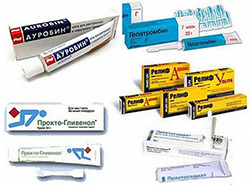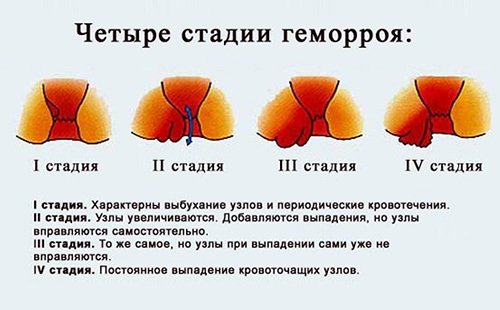Treatment of intestinal dysbiosis

Under the dysbacteriosis of the intestine is understood the change in the composition of the intestinal microflora, both qualitative and quantitative. Carries such a change to a number of painful processes in the body, which can be both minor and very severe.
Treatment of
Treatment of intestinal dysbacteriosis is complex and therapy should include the following measures:
- Restoration of normal intestinal microflora;
- Restoration of intestinal motility;
- Elimination of over-abundant bacterial colonization of the small intestine;
- Stimulation of the reactive function of the body;
- Improve digestion and absorption in the intestines.
Antibacterial drugs
Apply these drugs mainly in cases where it is necessary to suppress the excessive growth of microflora in the small intestine. For the most part, antibiotics are used from the group of penicillins, tetracyclines, quinolones( nitroxoline, tarid), cephalosporins and metronidazole.
But it should be borne in mind that antibiotics with a wide spectrum of action significantly violate eubiosis in the large intestine. Therefore, they should be used only for those diseases in which there are violations of absorption and motility of the intestine, and besides this there is an increase in microflora in the lumen of the small intestine.
Application: take antibiotics in usual doses orally for seven to ten days.
In those cases, if the dysbacteriosis of the large intestine is diagnosed, then it is better to use therapy that has little effect on the symbiont microflora, and limits the growth of staphylococci, protea, yeast fungi and other aggressive strains of microbes. These drugs include: erysefuril, intetriks, furazolidon, nitroxoline, etc.
If the patient has a severe form of staphylococcal dysbacteriosis, then use: metronidazole( trichopolum), tarivid, neviramone, palin and biseptol-480.
Usage: use inside for up to two weeks. If there are fungi in feces or intestinal juice, then levorin or nystatin is prescribed.
Those patients who, when using antibiotics, suffer from diarrhea, which occurs with leukocytosis and intoxication, the appearance of acute diarrhea is associated with Cl. Difficile.
In such a situation, immediately make a stool culture on Cl. Difficile and prescribed for 125 mg of vancomycin three times a day( inside).If necessary, the dose is increased to 500 mg. The course of treatment is seven to ten days. Also, the effect is metronidazole( twice daily, 500 mg);Bacitracin( four times a day for 25,000 IU).The latter drug is poorly absorbed, therefore in the large intestine it is possible to achieve a high concentration of the drug. When dehydrated, appropriate infusion therapy is performed to restore the water-electrolyte balance. To bind Cl. Difficile shows cholestyramine( questran).
Bacterial preparations
In the human intestine, one to ten percent of the total mass of living microflora obtained from the preparations survive and they have the ability to perform to some extent the functions of normal microflora. Bacterial agents can be administered both after antibiotic treatment and without this therapy. They use: bactisubtil, bifidumbacterin, linex, bifikol, enterol, lactobacterin, etc. The course of therapy is one to two months.
Another method of therapy is the effect on pathogenic microorganisms of the products of vital activity of normal microflora. To such means belongs hilak forte. The drug was created half a century ago and is still used to treat patients with bowel pathology.
Motor and digestion regulators
In those people who have a disorder of the digestive digestion used: pancitrate, creon, etc. To improve the absorption function: legalon, essential, karsil, stabilizing the membranes of the intestinal epithelium. Trimebutin( debibrate) and imodium( loperamide) are intended to improve the propulsive function of the gut.
Reactivity stimulants
To this end, appoint: immunal, tactivin, immunofal, thymogen, thymalin, etc. The course of therapy on average is about a month. In addition to these drugs, the patient is prescribed vitamins.



